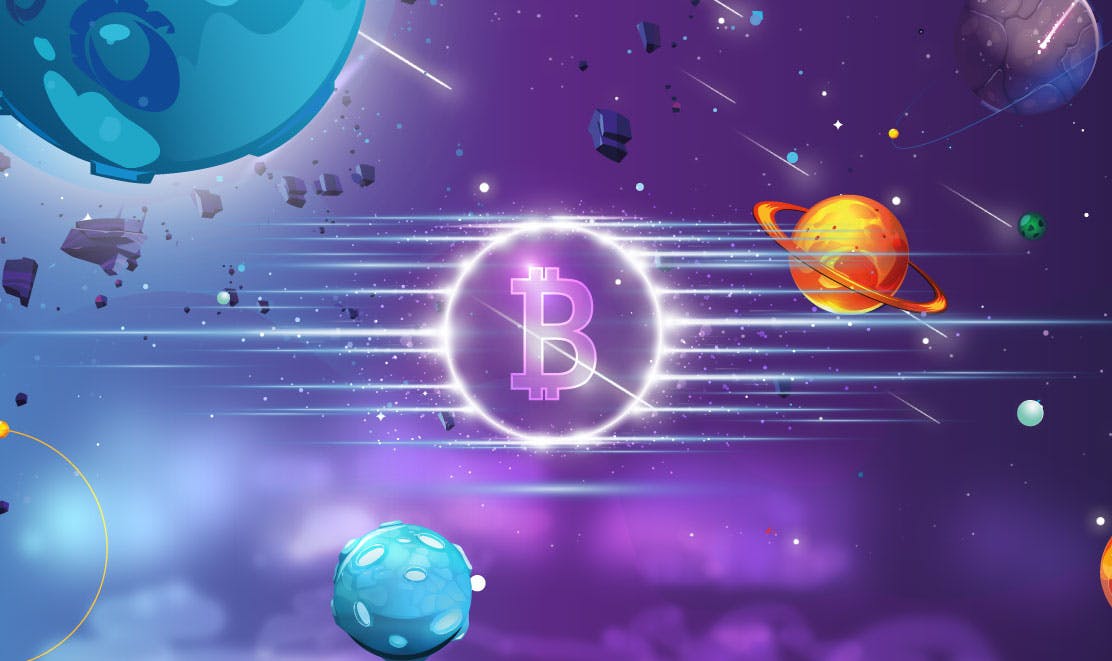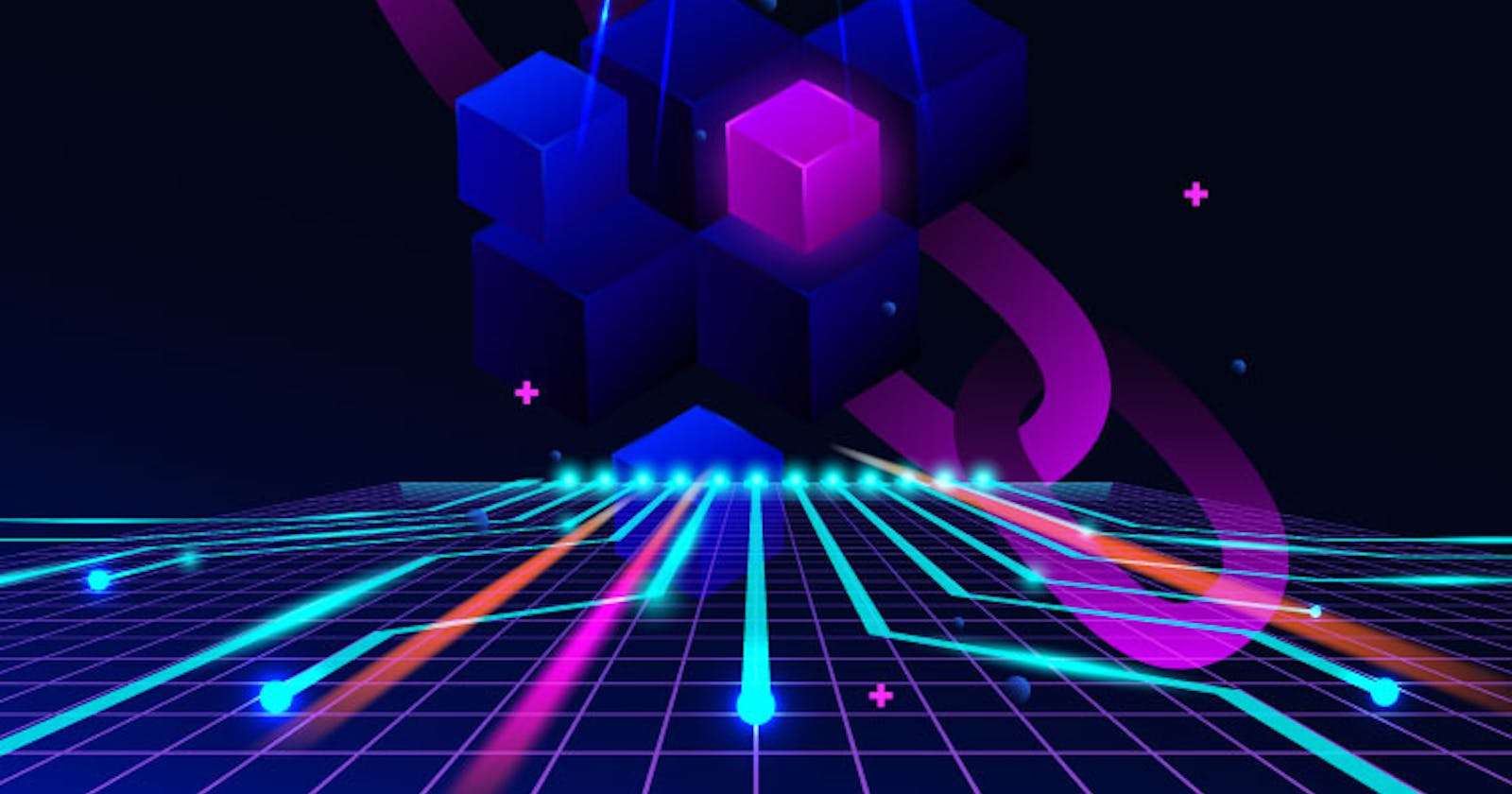Introduction
There is a lot of information when it comes to cryptocurrencies, but blockchain in general is a little bit behind. The buzz around money is always topping the news and the media.
Blockchain itself is a complex technology that could be described in an easy way. It is a special kind of computer code that helps keep things safe and fair. We can describe it as a big book or a spreadsheet that can store important information.
It is important to point out that writing to that spreadsheet is permissioned to a specific group, but could be “unlocked” and public. In that way everybody can see the blocks.
The block is the building material in the blockchain. Once the block is filled with information, it’s stored after the previous block in the chain and gives the iconic name of the technology.
Block size
I mentioned the size of the block and now will explain it a little bit further. Different blockchains have different block size limits. The larger the block size limit, the larger is the transaction per second rate. The smaller one is faster, but requires more blocks to make transactions.
Efficiency is one of the most important topics for blockchain and the size of the blocks are important for that.
The Bitcoin block size limit is 1 MB, introduced in 2010.
Types of blockchain
There are a few types of blockchain. Every one of them has specific use cases and users.
Public blockchain
Public blockchains are open in their nature and anybody can use, participate in it. One of the most known are Bitcoin and Ethereum.
Private blockchain
Private blockchains are permissioned. Only a specific group of people that are granted access can participate in it.
Large organizations typically use it for specific internal cases. One example is supply chain management.
Consortium blockchain
A consortium blockchain is a hybrid of public and private blockchains. It is controlled by a group of organizations.
It is often used in finance. Companies can transfer and share data.
How does it work?
The transaction cycle is easy to visual
1/ A person requests a transaction. This is the initialization. It is typically done from a wallet
2/ The transaction is broadcasted to all participant computers in the specific blockchain, called nodes
3/ Nodes validate the transaction. This means it is checked if it violates the rules that are set by the blockchain network. For validating, validators receive a reward. Typically a currency
4/ The transaction is stored and hashed in the block
5/ The block becomes part of the blockchain and cannot be altered in any way
6/ The transaction is complete

Decentralisation
This is important for me. The idea of blockchain is to be decentralized. The way it works is that the technology allows the data to be held and spread across many different nodes at various locations.
If somebody tries to change the data, other nodes won’t validate the alternation.
Not a single node can hold the control of the network. No government, no big corporations and no single entity. Public blockchains like Bitcoin are important for freedom and establish an exact and transparent order of events. That leads us to..
Transparency
Everything is perfectly visible in the blockchain. We can check and see every single bitcoin there is and every transaction that has happened.
The data is encrypted and only the holder of the key can decrypt it.
These blocks are immutable and the records are the perfect audit history that allows visibility into past versions of the blockchain.
Privacy
When a user makes a transaction, their unique key, a public key, is recorded in the blockchain. The personal information behind that is hidden and unknown. The only way to decrypt it is by social hacking. The real identity is not of a concern to the blockchain.
The way it works is with public and private keys. A cryptographic key. A string of data that identifies a user and gives access to their wallet. ( the account that stores the information ).
The public key is stored in the blockchain, while the private one works as a digital signature that unlocks the data.
Since there is not a central government or entity that controls the data, the responsibility of storing the private key is to the user. If lost, the access is lost.
Security
Blockchain is secure, but it’s not bulletproof.
If someone tries to update and alter some information, the cross reference of the nodes will point it out immediately. To succeed, the hacker has to have control of over 50% of the nodes.
This is called the “51% attack” and in theory it is perfectly possible and there are cases for such an attack.
But on some blockchains it will require an incredible amount of power and technology, equaling a lot of money, that makes it in a sense impossible.
Future of blockchain
The technology itself has been there since the 90s, even earlier, but it still hasn't been adopted to the extent to be a perfect replacement for a lot of ideas and technologies.
Blockchain has a scaling problem that has to be addressed soon. We have tens of billion devices right now and full adoption is not way near.
I still believe in technology and I know it is going to be part of the future. Maybe not as a payment replacement, but as a store of value.
Digital gold is a perfect term to explain it.
Until we address the scaling problem and the transaction amount per second. Until we build the architecture to have decentralized payments, we are not going to use it in our everyday lives.
